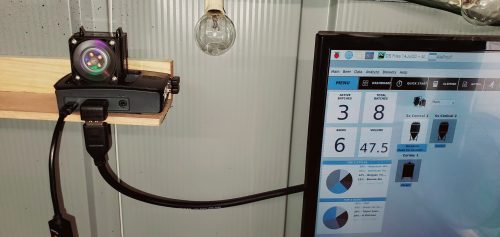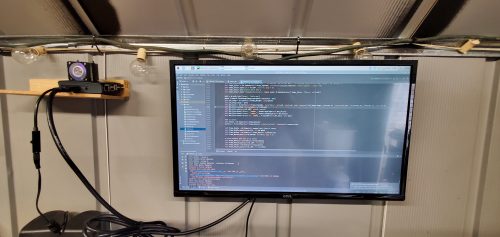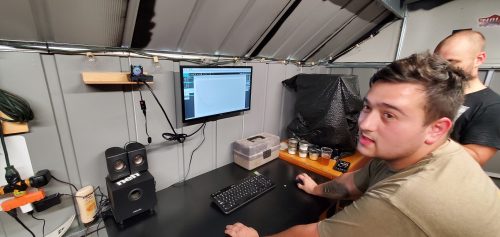We spied New Orleans–based Raspberry Pi–powered home brewing analysis and were interested in how this project could help other at-home brewers perfect their craft.

When you’re making beer, you want the yeast to eat up the sugars and leave alcohol behind. To check whether this is happening, you need to be able to track changes in gravity, known as ‘gravity curves’. You also have to do yeast cell counts, and you need to be able to tell when your beer has finished fermenting.
“We wanted a way to skip the paper and pencil and instead input the data directly into the software. Enter the Raspberry Pi!”
Patrick Murphy
Patrick Murphy and co. created a piece of software called Aleproof which allows you to monitor all of this stuff remotely. But before rolling it out, they needed somewhere to test that it works. Enter the ‘Danger Shed’, where they ran Aleproof on Raspberry Pi.

A Raspberry Pi 3 Model B+ spins their Python-based program on Raspberry Pi OS and shares its intel via a mounted monitor.
Here’s what Patrick had to say about what they’re up to in the Danger Shed and why they needed a Raspberry Pi:

“I am the founder and owner of Arithmech, a small software company that develops Python applications for brewers. Myself and a few buddies (all of us former Army combat medics) started our own brewing project called Danger Shed Ales & Mead to brew and test out the software on real-world data. We brew in the shed and record data on paper as we go, then enter the data into our software at a later time.”

“We wanted a way to skip the paper and pencil and instead input the data directly into the software. Enter the Raspberry Pi! The shed is small, hot, has leaks, and is generally a hostile place for a full-size desktop computer. Raspberry Pi solves our problem in multiple ways: it’s small, portable, durable (in a case), and easily cooled. But on top of that, we are able to run the code using PyCharm, enter data throughout the brewing process, and fix bugs all from the shed!”

“The Raspberry Pi made it easy for us to set up our software and run it as a stand-alone brewing software station.”
Website: LINK
